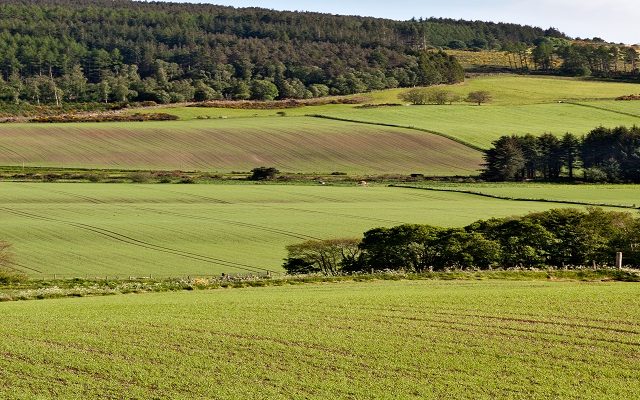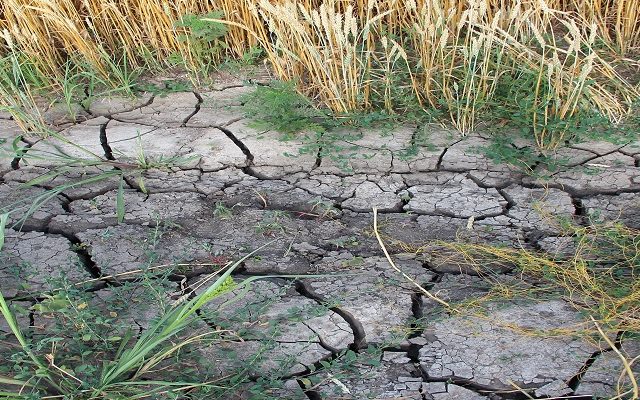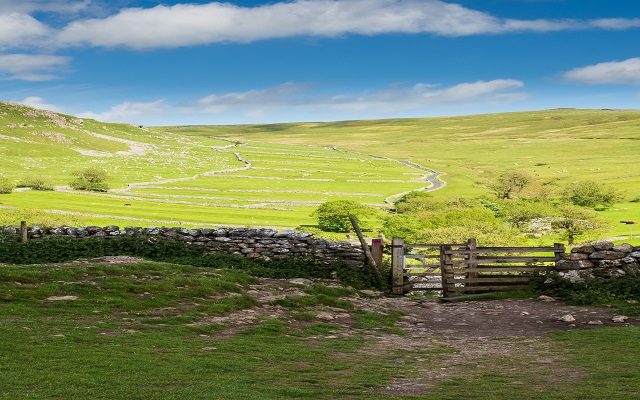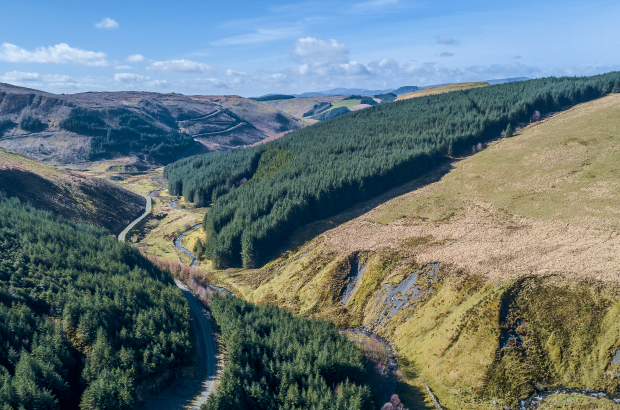Where next for farming subsidies?
The new Basic Payment Scheme was introduced earlier this year. A stated objective of Common Agricultural Policy (CAP) reform that led to this new payment was simplicity.
What we’ve ended up with is the opposite. George Chichester explains.
The new Basic Payment Scheme was introduced earlier this year. A stated objective of Common Agricultural Policy (CAP) reform that led to this new payment was simplicity.
What we’ve ended up with is the opposite. George Chichester explains.
A confusing new world for farmers
Complex requirements for Ecological Focus Areas and crop diversification; New cross compliance and soil protection standards; Uncertainty over new stewardship and forestry grant schemes; Penalties for large farming businesses; Complex arrangements for defining an active farmer; A computer programme ultimately deemed not fit for the task.
Combine all these and we have a hugely confusing new world for farmers to adapt to in order to claim a diminishing value of subsidy support. And, almost as the ink is still drying on the scroll, Brussels is turning its mind to the next reform in 2020. What will be the driving factors in the politicians’ minds? The danger is that the enormous public-sector debt crisis affecting the whole of Europe will encourage further austerity to the CAP, which is the largest item of central EU expenditure.
It accounts for about 45% of the EU budget because it is the only sector which is funded centrally: expenditure on health, education, welfare and security, for example, are funded nationally. But further squeezes on the CAP would be a massive mistake.
It’s not just farmers who benefit
Let’s go back to basics for a moment and consider the point of these subsidies. The layman is encouraged to think they are an unjustified windfall for wealthy landowners. That misses the point entirely. The subsidies are another form of welfare payment, funded by the richest in society (who pay the most tax) for the benefit of consumers of food (which represents the highest proportion of expenditure for the lowest paid in our society).
These subsidies enable farmers to sell food at below the real value – and, in many cases, for less than the cost of production. This effectively channels wealth from the rich to the poor. Subsidies also help to keep the least viable areas of agricultural land productive – namely the hills and moors where tourism is so crucial to rural communities.
Protecting land as well as costs
The farming subsidy effectively funds the lifeblood of rural communities and is especially important in mountainous areas of the UK and Europe. In addition, a farmer’s eligibility for claiming subsidies is dependent on compliance with a whole raft of measures designed for the public benefit.
These include the protection of trees, hedges and dry-stone walls; the highest standards of animal welfare anywhere in the world; and carefully vetted restrictions on the amount and type of fertilisers and agrochemicals that can be applied, in order to protect human health and the environment.
Only this year, a new obligation was introduced, which requires arable farmers to take 5% of their productive land out of cultivation and set it aside as an Ecological Focus Area, designed to protect wild birds, mammals, butterflies and bees. These are all worthy objectives – and farmers are best placed to deliver them – but unless the public benefit is funded from the public purse, the income will have to be generated from the only other source of revenue: namely higher commodity prices.
Our politicians need to appreciate the importance of this social policy, in the face of a debt mountain and a voting system under which the majority (who, on average, are net beneficiaries of the welfare state) hold the power and are increasingly demanding more from other forms of welfare. If they don’t, the pressure on governments will be to cut still further the central expenditure allocated to the CAP, of which the ultimate consequence will simply be food inflation.
Sadly I’m not sure they get the point.





